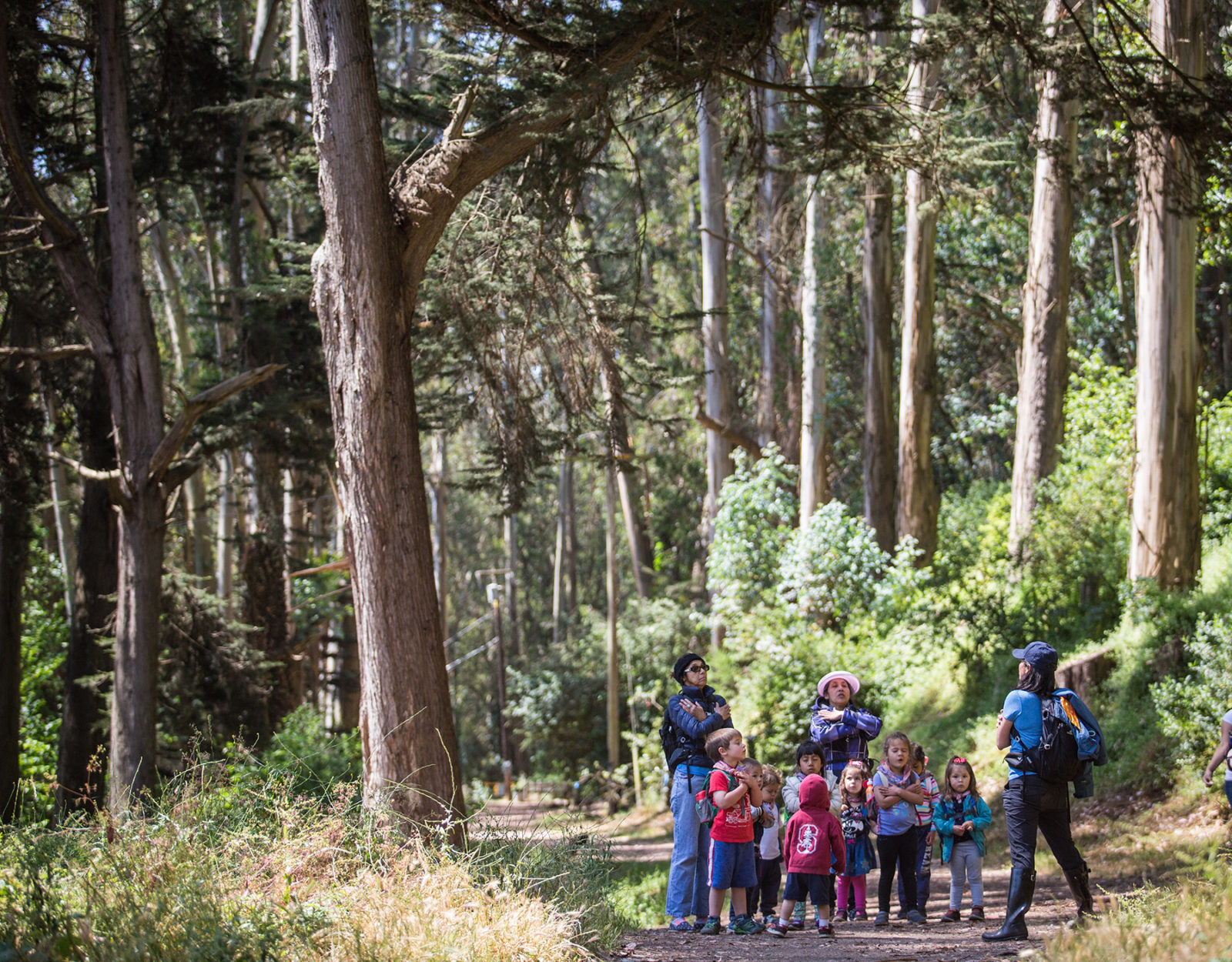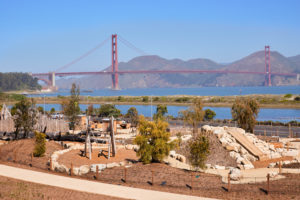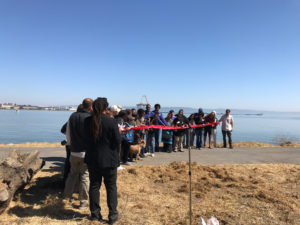
As parents of school-aged children troubleshoot their way through distance learning, the world’s oldest and most effective classroom, nature, blooms with potential.
While playgrounds closed early on in the COVID-19 response, most of San Francisco’s city parks, trails, and green spaces remain open for exploration. The city’s health order was crafted specifically to allow for time outside. That order, extended this week, was modified with input from Bay Area park leaders to allow even more time in nature for 7 million Bay Area residents. Archery ranges and skate parks can re-open starting May 3. Restrictions have also been lifted around fly fishing, surfing, sunbathing and individual horseback riding provided people follow social distancing rules.
Remember, they are an exotic species in the Western United States, and are rapidly increasing their geographic range and range of habitats. Are they outcompeting or excluding native species in the process? How would we know? We have done almost nothing to monitor changes in the assemblage of mushroom species in areas before and and after the incursion of death caps.
Further Reading
Pringle et al, “The ectomycorrhizal fungus Amanita phalloides was introduced and is expanding its range on the west coast of North America,” Molecular Biology 2009
Lockhart et al, “Simultaneous emergence of multidrug-resistant Candida auris on 3 continents confirmed by whole-genome sequencing and epidemiological analyses,” Clinical Infectious Diseases 2017
Battalani et al, “Aflatoxin B1 contamination in maize in Europe increases due to climate change,” Scientific Reports 2016
The authors are chairs of the executive council of San Francisco Children & Nature
Learn more at www.sfchildrennature.org
The focus on nature right now might seem counterintuitive. On the contrary, being outside is recognized as an essential activity. That’s because time in nature has dramatic benefits for our mental and physical health. Among them? Improving children’s ability to learn by both calming negative emotions and stimulating curiosity.
Hundreds of studies have shown being outside helps children succeed academically. University of Minnesota researchers found that fifth graders who attended school at a prairie wetlands had stronger reading and writing skills, higher attendance, and more excitement about learning than their peers attending traditional school. A University of Toronto study found students at schools with more tree cover performed better academically. A study of low-income elementary schoolers across the country found outdoor lessons led to greater academic achievement. More time spent in the school garden meant more improvements. Research has also shown that time in nature improves both focus and imagination in children.
So how do families safely supplement screen time with green time?
- If you take your car, it’s too far. Instead, opt for exploring nature in your neighborhood. In 2017, San Francisco became the first city in the country to have a park within a 10-minute walk of every resident.
- Nature is powerful—even in small doses. In one study, people who spent just five minutes sitting in nature felt happier.
- If you don’t have access to big open spaces, smaller bits of nature will do— a yard, a tree-lined street, an outdoor garden, or a planter. Research has shown that just viewing green plants and vistas reduces stress among highly stressed children.
While San Francisco is doing better than most cities when it comes to children’s access to nature, we know it’s still not easy for everyone to get to it. Kids living in dense neighborhoods like the Tenderloin and Chinatown have fewer options than those in Seacliff or Bernal Heights. Which is why, four years ago, we launched San Francisco Children & Nature (SFCN), a cross-sector collaborative of over 30 local organizations to ensure equitable access to nature in San Francisco.

Together, as park managers, policymakers, educators, environmentalists, and youth-serving organizations, we are committed to helping our city to quickly develop new approaches for children to enjoy nature, even if for now, you have to bring the outside indoors. Here are a few ideas:
- Explore the nature that’s around you. Look closely. What bugs and creatures can you find? Look far. Catch a sunrise or sunset. Track the moon. Observe the clouds.
- Develop a nature nook in your home by bringing together plants, photographs, drawings, and found natural objects such as leaves, stones, seashells, and feathers.
- Start an indoor garden from seeds in your kitchen. Try by growing celery, garlic, beans, or avocado.
- Create nature-inspired art, read nature-filled books, or take story time outside.
- Find more easy tips to get your daily dose of nature here.
So if you can, step outside for some Vitamin Nature and a
bit of fresh air, play with your kids outside or bring the outside in to build
their resilience to get through these times.




